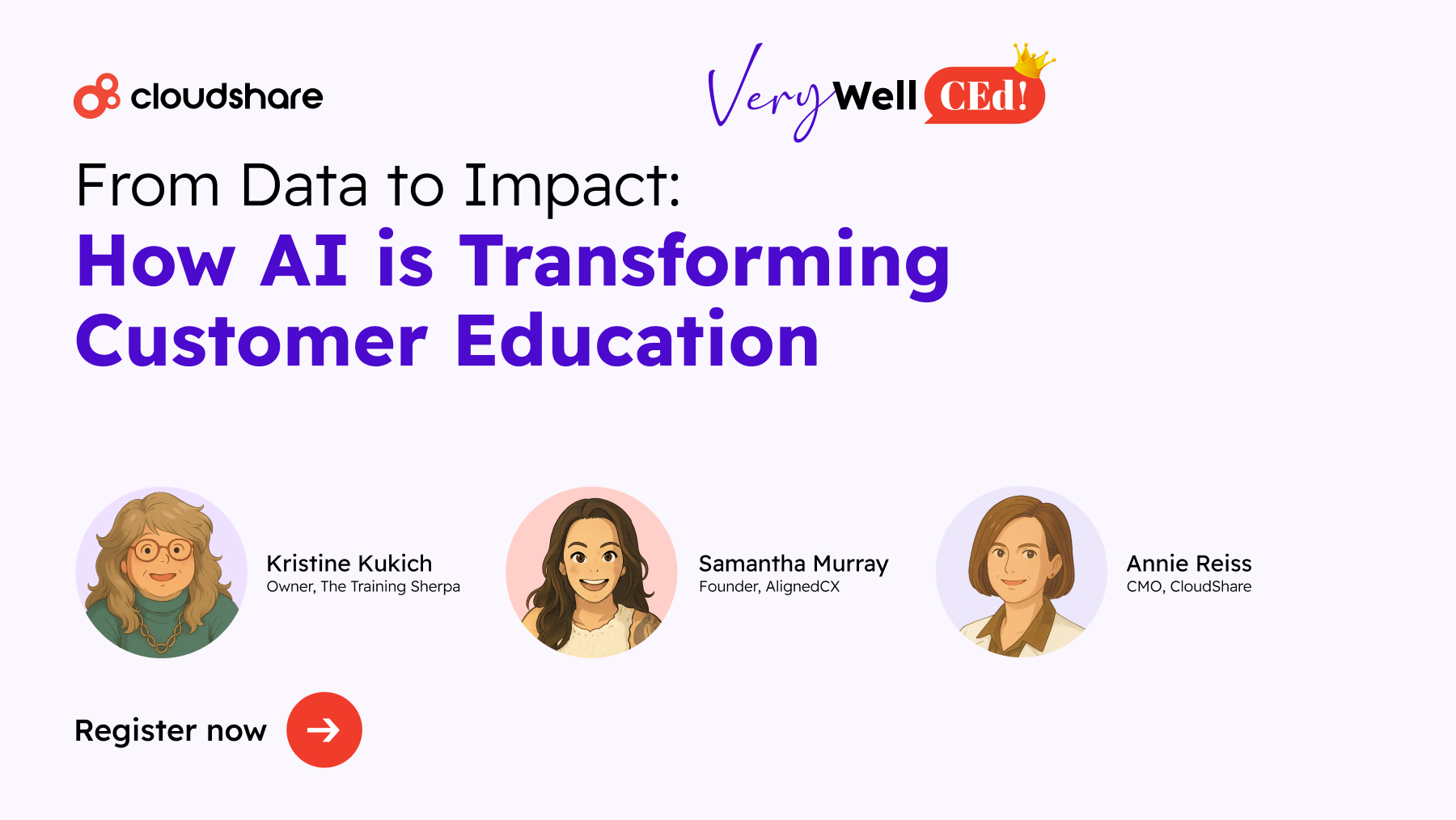Glossary
Aesthetic Learning
What is Aesthetic Learning?
Aesthetic learning is a learning style focusing on creativity, imagination, and innovation. An aesthetic learner appreciates these aspects of life, which often manifests in how they spend their time — and how they learn.
This type of learner often processes information in a multi-sensory way, including auditory, visual, and even lectures. The key is creating an environment that stimulates the senses and inspires imagination.
As a result, an aesthetic learning model is crafted to cater to these creative trainees. In the process, you’ll create an aesthetic learning model that works for several other learners, including visual, auditory, reading, and hands-on learners.
Traits of Aesthetic Learners
Before we explore how you can reach these types of learners, let’s quickly explore the core traits of aesthetic learners, which include:
- Creativity: An aesthetic learner has a natural ability to be creative in various ways. They’ll continuously explore new ways to express themselves or engage with others’ creations.
- Visual orientation: While not exclusively, an aesthetic learner greatly prefers graphical and visual learning mediums, like graphics or multimedia information. This type of material allows them to deeply engage with the content beyond what’s usually possible with text or lectures.
- Emotional engagement: Part of the creative inclination is the emotional content behind it. Creating opportunities for these learners to form a personal connection with the subject matter keeps them engaged and improves retention.
Some of the traits of aesthetic learners also work well for other types of learners, and accommodating these creative trainees enhances nearly everyone’s learning experience.
How to Create an Aesthetic Learning Environment
A successful aesthetic learning process depends on the right environment and course material. You’ll need to keep all the tools in mind when designing or refining a training course, resisting the urge to lean into the traditional reading material with lecture format.
Instead, leverage new tools that make your training compelling, engaging, and effective. Let’s break down how you can make that happen.
Leverage Multimedia Presentations
Instead of relying on lectures and reading material, explore opportunities to incorporate several media types into the course. Some of the mediums that often work well for aesthetic learners include the following:
- Videos
- Interactive presentations
- Professionally produced audio
- Graphics, charts, and tables
- Animations
You can even employ AR and VR if it makes sense for the course material. Any other new mediums that may emerge as technology advances should also be considered to help different types of learners.
Pay special attention to opportunities for interactivity, often possible multimedia presentations. Aesthetic learners benefit from the dynamic learning experiences that interactive media can offer.
Employ Project Based Learning
Creative learners like to create, so project-based learning can go far in helping retain and enact some types of course material. Virtual labs that let aesthetic learners explore a simulated environment with project-related tasks are highly valuable for these learners.
The right projects depend on the topic, existing course content, and stated goal of the training program. Consider how you can revise or supplement course material with projects, whether in the physical world or digital.
An aesthetic learner might have their own artistic projects in their free time and seek the satisfaction that goes along with completing a project. Allowing them to complete something related to the course material can further solidify their understanding.
Embrace Experiential Learning
If possible, experiences as a teaching style can go far with aesthetic learners. Think back to field trips in elementary school; showing students dinosaur bones helps them better understand them.
What experiences relate to the course material? If applicable, you can still use field trips or create unique virtual lab experiences that provide firsthand experiences. Explore any other possibilities that encourage curiosity, interest, and a desire to learn the material.
We’ve discussed projects, but let’s shift the focus to how they offer a unique experience that can help with learning and long-term retention. While this depends on what you design, projects are a great way to offer experiential learning to creative-minded employees.
Offer Personalized Learning Paths
You can take aesthetic learning even further by leveraging technologies that offer personalized learning paths. These advanced AI algorithms evaluate user data that inform future lessons and guide learners on paths focusing on their success.
Aesthetic learners will benefit from increasingly engaging, visual, and interactive lessons, while others might have reading-based lessons. Personalization allows trainees to gravitate toward the types of content and course material that works best for them.
Implementing this utility might seem complex, and while it will require new tools and implementation timeframes, you don’t need to reinvent the wheel. Many Learning Management Systems (LMSs) and virtual labs are ready to help you offer personalized learning experiences.
Business Benefits of Catering to Aesthetic Learners
Creating an aesthetic learning experience can have many benefits for learners, stakeholders, and team members, including:
- Enhanced engagement: Aesthetic learners might struggle to stay engaged with traditional learning methods, which carries over to return to their daily responsibilities and affects work performance. Instead, remembering aesthetic learning styles when creating and revising course material helps keep them engaged and ready to enact what they’ve learned.
- Improved material retention: Trainees’ ability to retain information relates to their learning style, the material itself, and how the training course is designed. Creating compelling, irresistible training programs goes far in improving retention. You’ll ensure training sessions achieve the stated goal rather than being a time sink.
- Fostering creativity: Even in roles that aren’t typically considered creative, fostering creativity can bring a range of benefits to organizations. Employees might find creative ways to improve their daily tasks, have better problem-solving skills by thinking creatively about challenges, and be more willing to embrace new policies and platforms. And it all begins with training programs focusing on creative-minded learners, then maintaining it.
Each of these benefits makes employees prepared to return to their daily responsibilities and use what they’ve learned, whether how to use a new tool or a complete revamp of a core process. Developing courses that accommodate different types of learners can profoundly enhance many aspects of your business.



